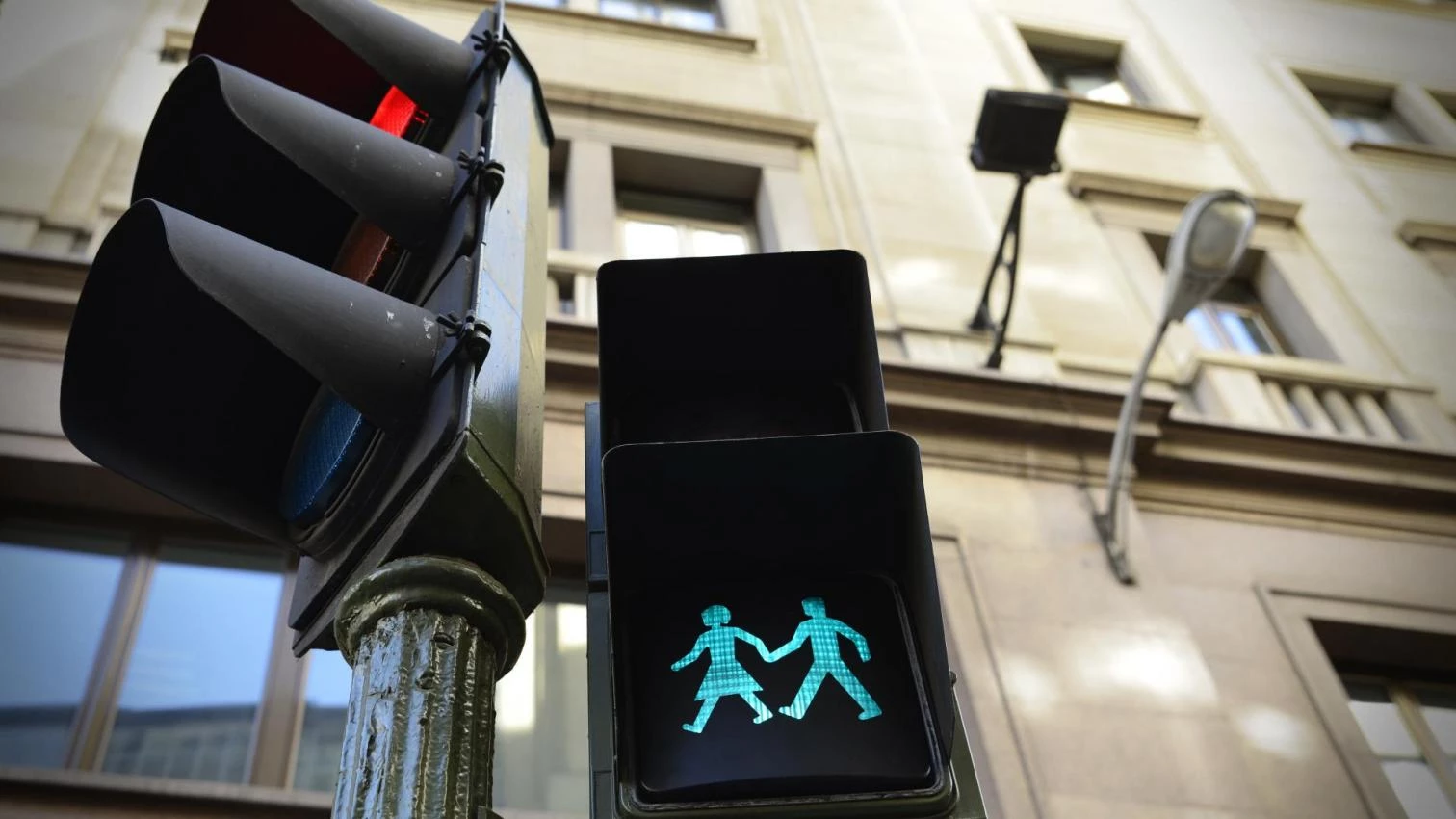
Over the course of many years, the authorities in New York disabled most of the control buttons that once operated pedestrian-crossing lights in the city. Computerised timers, they had decided, almost always worked better. By 2004, fewer than 750 of 3,250 such buttons remained functional. The city government did not, however, take the disabled buttons away—beckoning countless fingers to futile pressing.
Initially, the buttons survived because of the cost of removing them. But it turned out that even inoperative buttons serve a purpose. Pedestrians who press a button are less likely to cross before the green man appears. Having studied behaviour at crossings, she notes that people more readily obey a system which purports to heed their input...


